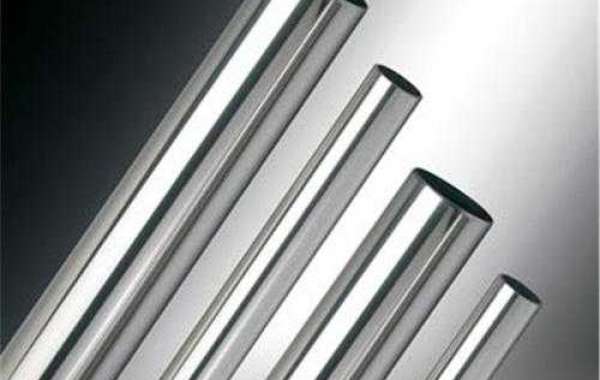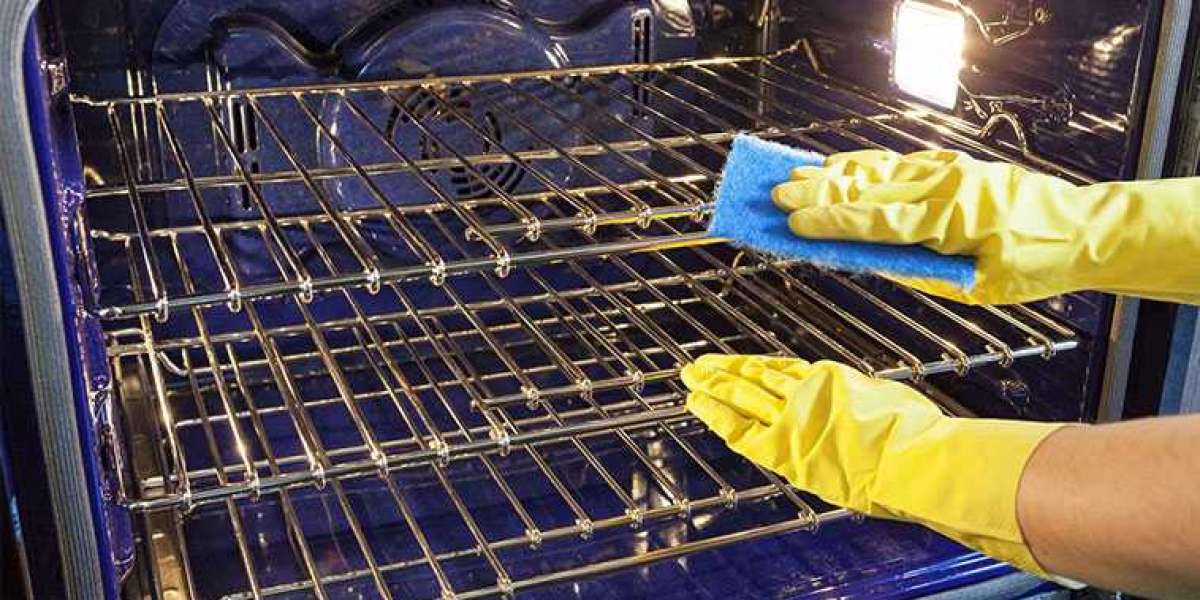Huzhou Nanxun Yintuo Special Material Technology Co., Ltd. specializes in the development and production of high-quality stainless steel seamless pipe and nickel-nickel alloys. One of the products we mainly promote is austenitic stainless steel seamless pipe, let’s introduce it below.
Austenitic stainless steel pipes contain high nickel content and other austenite-forming elements, which promote the formation of austenite phase, making it stable at room temperature or even lower temperatures. "China's stainless steel pipe industry market outlook and investment planning analysis report prospects" pointed out that ferritic stainless steel seamless pipes contain elements that weaken the formation of austenite, such as high chromium content. Ferrite becomes the dominant phase component. The martensitic stainless steel tube is austenitic at high temperature, but this austenite is suitably unstable and transforms when it is cooled. The microstructure of the stainless steel tube can be controlled by the balance between the austenite forming element and the ferrite forming element. The adjustment of the balance between the two elements plays an important role in the mechanical properties, corrosion resistance and weldability of stainless steel pipes.
The addition of aluminum, titanium, copper and molybdenum to the stainless steel seamless tube can promote the precipitation reaction and strengthen the steel. After heat treatment, the precipitation hardening (PH) martensitic stainless steel seamless pipe containing Cu, AI and Mo can obtain room temperature yield strength exceeding 1375MPa (200k8i). Austenitic stainless steel seamless tubes often contain titanium and aluminum to form nickel-titanium and nickel-aluminum precipitation phases, which are similar to precipitation strengthening phases in nickel-based superalloys. Aluminum is a ferrite-forming element in solid solution. Copper is a weak austenite-forming element. The precipitated phase with a composition close to pure copper can be used to strengthen martensitic steel such as 174PH steel. Ferrite forming elements are: chromium, molybdenum, silicon, niobium, titanium. aluminum, vanadium, and tungsten. The austenite forming elements are: nickel, manganese, carbon, nitrogen, copper, and cobalt.
Austenitic 304 stainless steel steel plate, this material is said to bring strong anti-rust and corrosion resistance, and has excellent plasticity and toughness, which is convenient for stamping and forming. With a density of 7.93g/cm3, 304 stainless steel is a very common stainless steel, also known as 18/8 stainless steel in the industry. Its metal products are resistant to high temperatures and have good processing properties, so they are widely used in industries and furniture decoration industries and food and medical industries.
We are forging ahead on the ground, but we also watch the stars and ambitious ambitions. If you want more information, please contact us: manufacturer of super austenitic stainless steel seamless pipe and tube.







